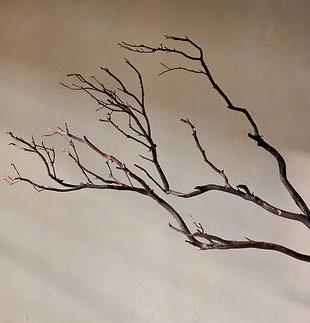Exhibition Proposal

Museum and Exhibition Design
Module code: MADI5206
MA Interior Design
Supervised by: Nicky Harding & Elizabeth Lambourn
Presented By: Tasnim Elsabaa
P2746173
2022/2023
List of figures:
Figure.1.Elsabaa,T.(2023) Exhibition plan Layout………………………………………10
Figure.2.Elsabaa,T.(2023) Exhibition zonal plan………………………………………...11
Figure.3. The_Zane.(2017). Two way mirror technology……………………………...12
Figure.4. Herring, L.(n.d.) Theatre box installation display. [online] Lynn Herring Artist. Available at:
https://www.lynnherringartist.com/sculpture?lightbox=dataItem-k6gmwqfr1 [Accessed 11 May 2023]……………………………………………………………………12
Figure.5. Argyle,D. (n.d.) peepholes displays. Neither Here Nor There 3. [online]
Deidre Argyle. Available at: http://www.socksstudio.com/neither-here-nor-there3/egd6yyh0eeru9nhjkz239reoczbxwc [Accessed 14 May 2023]............................13
Figure.6.Elsabaa,T.(2023) Exhibition Emotional Journey……………………………...14
Figure.7.Elsabaa,T.(2023) Attraction outdoor point [3D Realisitc]………………….15
Figure.8.Elsabaa,T.(2023) Hopkins’ photographs zone [3D Realisitc]………………15
Figure.9.Elsabaa,T.(2023) The neutral zone [3D Realisitc] 16
Figure.10.Elsabaa,T.(2023) Crawford’s photographs zone [3D Realisitc]………….16
Figure.11.Elsabaa,T.(2023) higher sensory exp. Room and interactive part for Hopkins’ photograph [3D Realisitc]……………………………………………..………..17
Figure.12.Elsabaa,T.(2023) higher sensory exp. Room and interactive part for Crawfords’ photograph[3D Realisitc]…………………………………………………....17
1. Introduction
“Mind Trap” is an exhibition that is inspired by a series of photographs by two early photographers, Christian Hopkins, and Katie Joy Crawford. Each has its own dependent series of photographs that present how each artist dealt with their own mental illness as both artists used photography as a form of art therapy to embrace their mental illness challenges and express themselves in a unique way. Each series of photographs express a different mental illness.
Christian Hopkins suffered from depression; Hopkins has been battling Major Depression since the age of 16-year-old. In one of the interviews with The Huffington Post Hopkins has been quoted "I have been using photography as a means of therapy to help deal with a lot of the emotions that I had trouble understanding at the time, Whenever I felt controlled by a particular emotion, I wouldn't be able to think or concentrate properly until I took that emotion out of my head and trapped it in a photograph." (Holmes, 2015)
In another interview with The Weekly Flickr Hopkins said, ‘Throughout my life, I’ve had these demons that I’m battling against, just really negative thoughts that I couldn’t control, Whenever I had to describe it, I had nothing to say, but I had images, I had ways to express myself through pictures, to fight against my depression.’ (Townsend, 2015)
Katie Joy Crawford suffered from anxiety; Crawford chose a theme for her senior thesis exhibition photography. student Katie Joy Crawford decided to use a series of potent self-portraits to express her inner problems. Crawford has battled generalised anxiety disorder for more than ten years, and her essential initiative My Anxious Heart investigates this condition. In an interview with HelloGiggles, "I had my first panic attack when I was 11." "I wasn't supposed to be so familiar with terror just yet. I was supposed to host sleepovers and playhouse (Gragert, 2015)
2. Aims & Objectives Aims
• Raising awareness about mental illness disorders such as anxiety and depression.
• Help visitors emphasize and self-reflect on the exhibition message.
Objectives
• To conduct research about emotional journey design.
• To conduct research about depression and anxiety symptoms.
• To conduct research about a multi-sensory experience design.
• To include the audience in design more to help visitors emphasize.
3. Design Rationale
The message behind the exhibition ‘Mind Trap’ is to raise awareness about some mental illness problems a wide range of people face in their daily life by representing two series of photographs one about anxiety and depression for two different photographers. The exhibition will represent the photographs in a multi-sensory experience which will enhance the user experience and help the visitor to reflect on the idea by including them in the exhibition the main message is that all negative depressive and anxious ideas are just inside the head, The mind producing and idea that doesn’t mean it is a real idea it is just a thought. Photographs will be presented in 3 different ways. The first one, is having the visitor step inside a box to look into the photograph so that emphasize the concept of stepping into someone else’s head, the second way is by giving the visitor out of body experience by looking over a box that has the photograph which will emphasize by how it looks like from outside, third one is an intimate higher sensory experience in a dark room where the photograph will be represented in a higher sensory experience that will include a photo shoot for the visitor.
4. Timescale:
The exhibition is going to be a temporary exhibition that will take place between May to November. Since Mental Health Awareness Week takes place from Monday 15 – Sunday 21 May. The exhibition will start in the UK Mental Health Awareness Month which is May to raise awareness of mental illness and will continue after that for 6 months to reach more people.
5. Marketing/promotion
• Social media is one of the most effective ways to market and promote the exhibition since The Leicester Gallery already has a strong platform such as Twitter, Instagram, and Facebook. Hashtags on social media are also a very effective way to keep count of visitors’ engagements and raise awareness about the current exhibition.
• Email newsletters could be sent to subscribers to notify them about the exhibition.
• Collaboration or teaming up with other well-being organizations would be really helpful for promoting the exhibition’s message.
• Photography organizations would be encouraged to team up with wellbeing organizations to encourage art therapy as both artists used photography as a form of art therapy, these classes will promote the exhibition idea.
6. Audience:
Target Audience for the exhibition should be anyone who is interested in well-being, age group is +18 years old. Since the exhibition might have triggering sounds and photographs which will have warning notes so visitors should have the ability to make their decisions. The audience will be communicated through signs and labels in the exhibition that explain the whole process and also the exhibition team.
7. Content and interpretive elements:
Main Message
The exhibition’s main message is to help people who suffer from depression and anxiety to reflect on their feelings and to raise awareness about how they really feel by emphasizing their feelings in the exhibition journey.
Themes
The main theme is “Mind Trap “which means that all the negative ideas and thoughts people get are not real it is just inside your head.
Sub-themes
• Theme 1 (Curiosity Zone): Outside the gallery starts with the attraction point, people should evoke a sense of curiosity. (Bar and Boshouwers, 2018)
• Theme 2 (Neutral space): a mirror is found in the middle of the galley entrance which will represent the neutral zone that should help people to balance the emotional journey and self-reflect with some quotes on each mirror that evoke a sense of comfort and serenity which will help with pacing the journey. (Bar and Boshouwers, 2018)
• Theme 3 (depression): on the right is information about Christian Hopkins the express his message and the photographs, then the photographs will be presented in 3 different ways of displaying photography with a sensory experience of sound, smell, and heat with a sensory experience of sound,
smell, and heat that emphasize the nature and feeling of photograph and evoke a sense of depression.
• Theme 4 (Anxiety): on the left is information about Katie Joy Crawford that express her message and the photographs, then the photographs will be presented in 3 different ways of displaying photography with a sensory experience of sound, smell, and heat that emphasize the nature and feeling of photograph and evoke a sense of anxiety.
• Theme 5 (one-to-one experience): It is a dark room where a hero photograph of Christian Hopkins is presented in a higher sensory experience including light, smell, heat and sound. Where visitors also can recreate the photograph by modeling in the display and stepping into that moment and photograph to take similar photographs self-portraits for themselves.
• Theme 6 (one-to-one experience): It is a dark room where a hero photograph of Katie Joy Crawford is presented in a higher sensory experience including light, smell, heat and sound. Where visitors also can recreate the photograph by modeling in the display and stepping into that moment and photograph to take similar photographs self-portraits for themselves.
Plan Layout
As Figure 1 shows the pathways and entrance are wheelchair-user-friendly, The height of headphones and displays are adjustable depending on the user’s need. (Imrie and Hall, 2001)
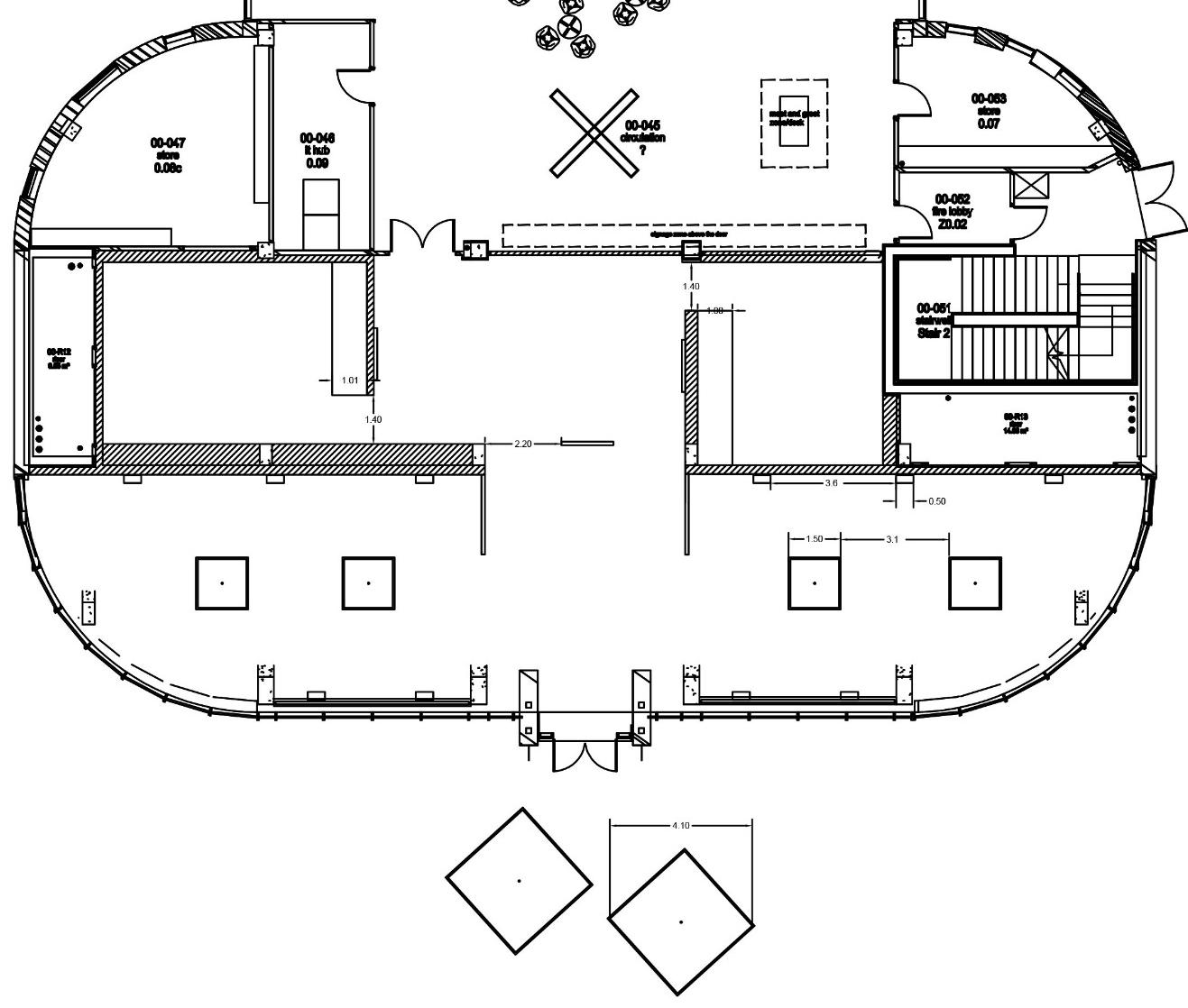
As figure 2 shows, the starting point is the attraction zone where are two big box-shaped installations two-way mirrors (The_Zane, 2017) to draw attention and represent the concept of the mind trap. Threshold is the first impression to the visitor which will affect the whole journey to develop a world of wonder and to evoke a sense of curiosity engaging the visitors is a must, the best way to reach a memorable experience through an exhibition is the narrative approach
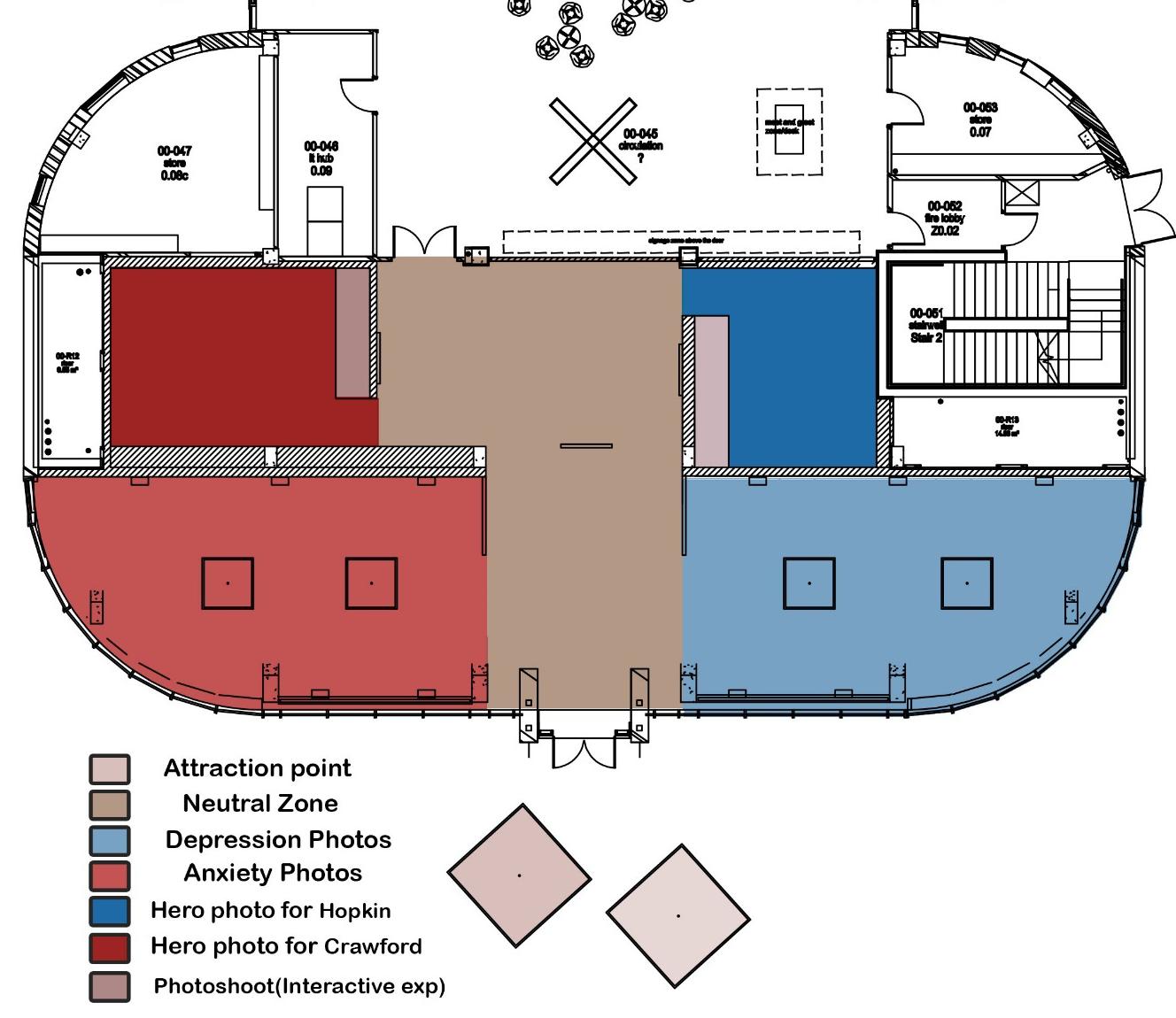
by having a storyline and having the visitors engaged in the story. (Bar and Boshouwers, 2018)
Going through the exhibition comes the neutral zone to pace and balance the visitor’s journey with a mirror in the middle of the space that will represent self-reflection since it will have motivational quotes. On each side there is a zone for each artist with information about each artist, then comes the displays.
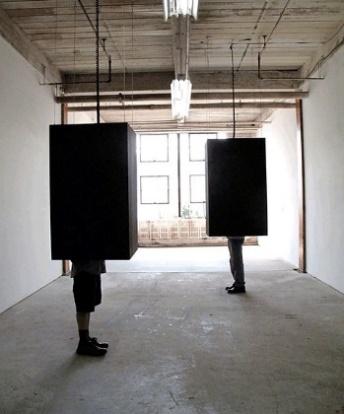
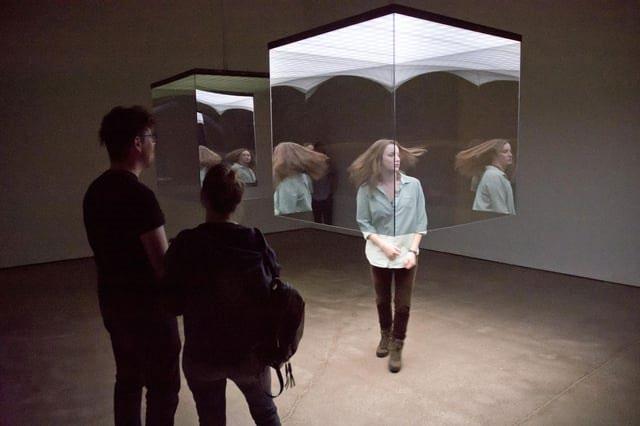
There are two types of displays, the first one will have the visitor climb into it to see the photograph which will represent the concept of getting into the artist’s head to see the photograph. Inside the box, there will be a hint of sound kind of sad music or a bit of disturbing music with a hint of heavy smell. Black box theatres with hanging lights. To watch the photograph that is either above their heads on the theatre roof or right in front of their faces, visitors have to climb into the Isolation Theatre.
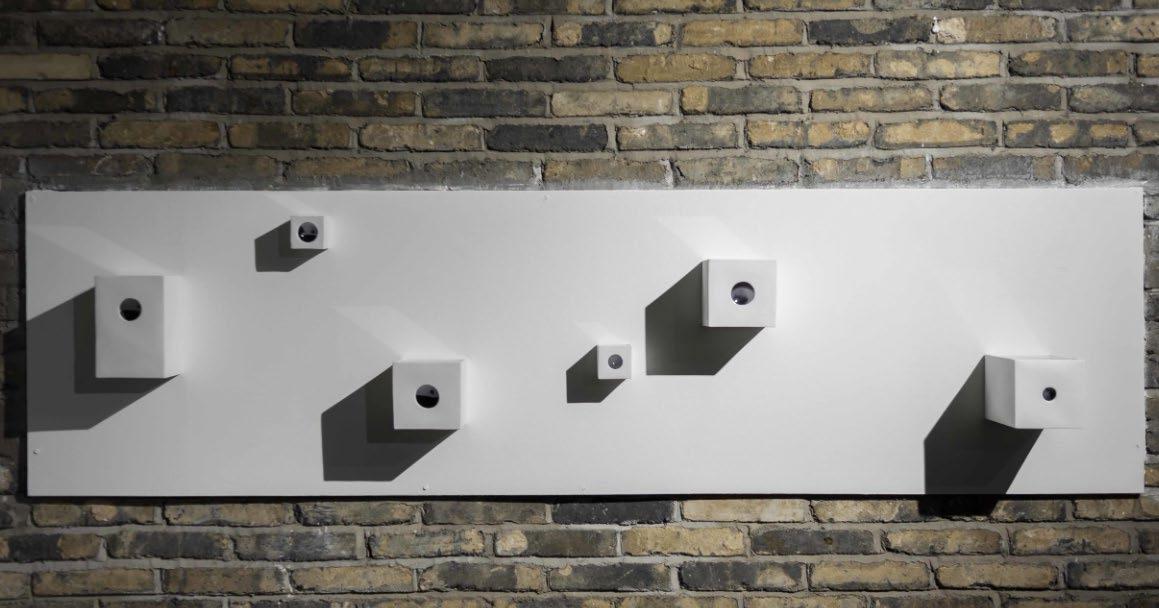
Materials include inside monitors and videos, wood, vinyl paint, tension cables, and coiled electrical cords. (Herring, n.d.) The second display is the “peephole” The visitor will have to look into the hole to see the photograph which will give the visitor a feeling of out-of-body experience since both artists described their experience through mental challenges as out of body experience, beside each display there is a headphone to hear the music which will apply to each photograph.
Going through the neutral zone on each side mirrors then two dark rooms on each side where is the high sensory experience as each room will have a much higher sensory experience with light, heat, sound and smell, each room will have a one hero photograph for each series which will be presented alone and visitors will be allowed to step into the photograph to recreate the scene as an interactive experience to connect more with the artist message. Since one of
the side effects people with depression feel is feeling cold and shivering the room in Hopkin’s photograph will be cold. (Jakelele, 2016) meanwhile the other room for Crawford’s photograph will be warm as one of the side effects for anxiety attacks is higher body temperature. (Oka, 2015)
Emotional journey
As the figure shows the visitor’s emotional journey should help the visitor to emphasize the artist’s message and self-reflect, but at the same time it shouldn’t be overwhelming, and pacing the journey should be considered. (Bar and Boshouwers, 2018)
By evoking a sense of curiosity before entering the space the visitor will be prepared for new challenges, going through the neutral zone then going
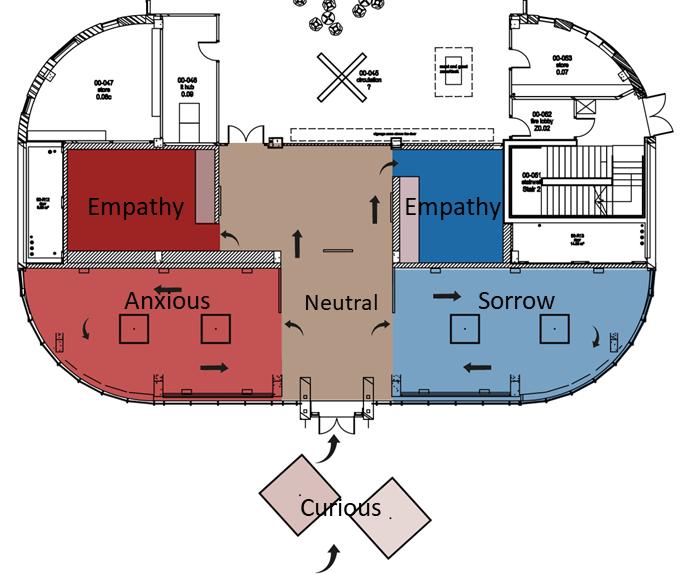
through the sorrowful feeling, neutral, anxious then going through the neutral zone again to be prepared for the higher sensory and interactive experience will help the visitor to reach a sense of empathy to the artist message. (Bar and Boshouwers, 2018)
3D Shots

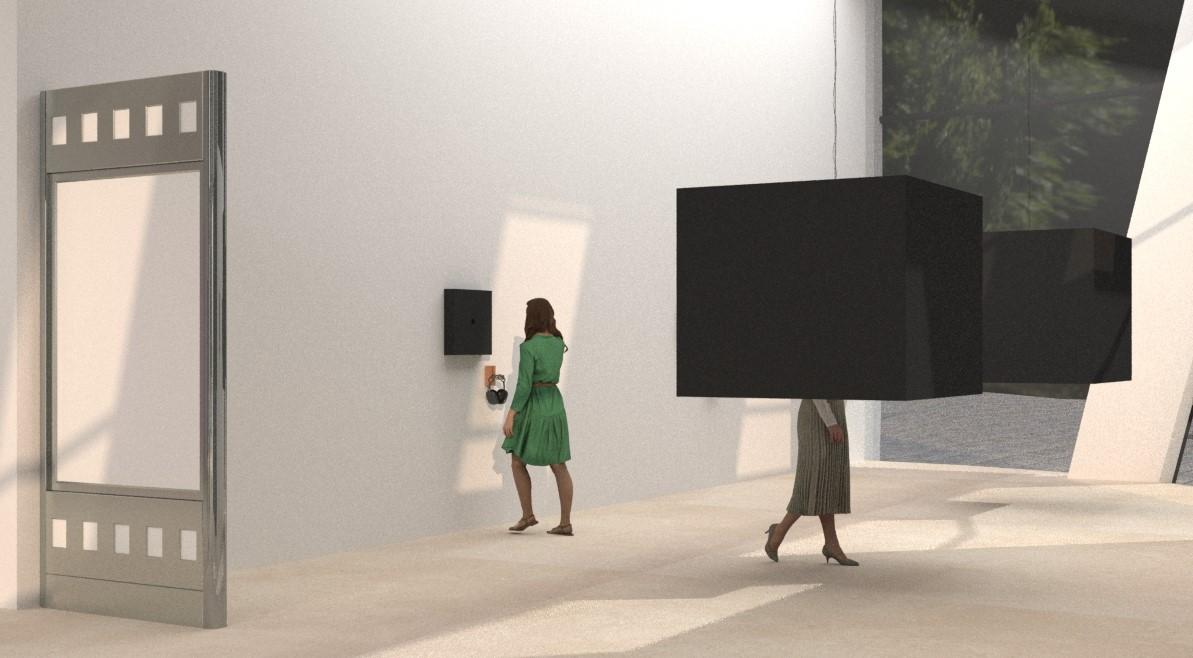
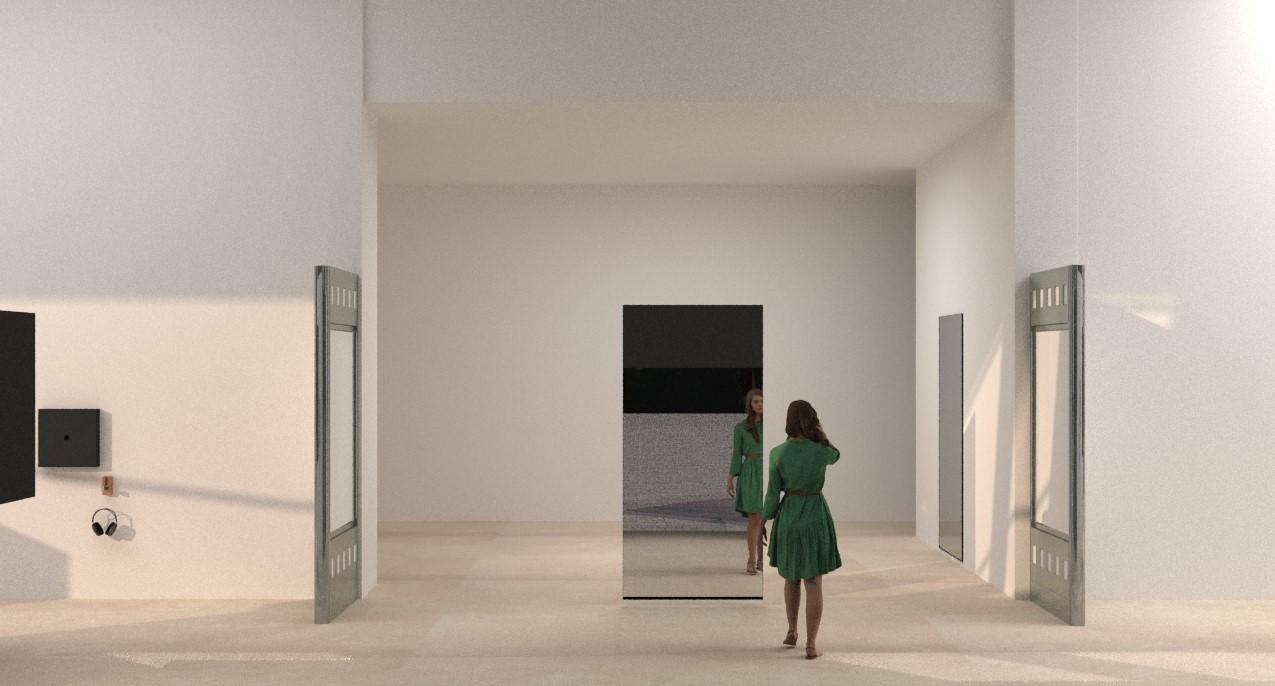
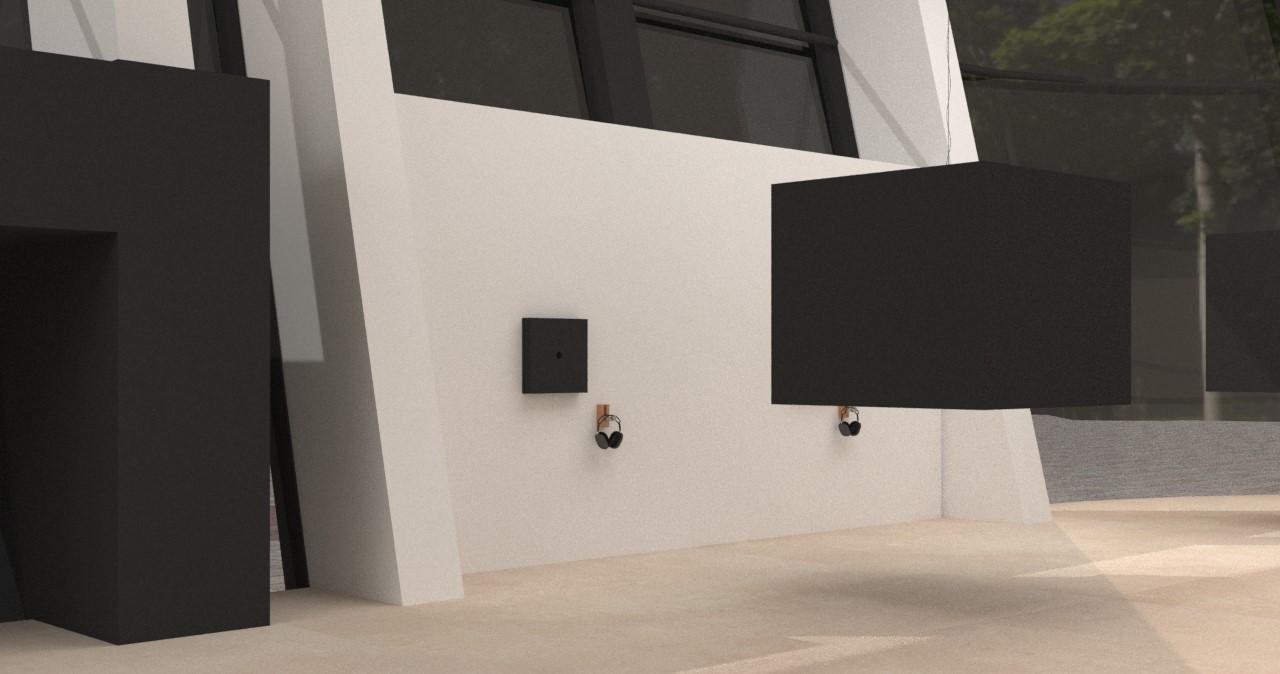

8. Objects and collections
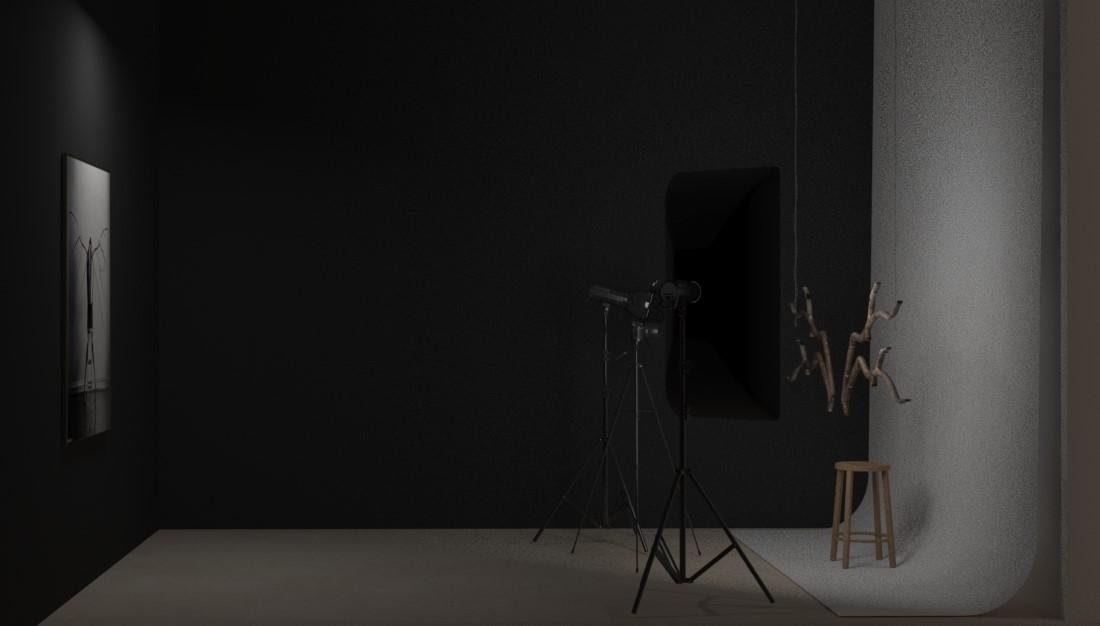
The exhibition objects are going to be a collection of the best-chosen photographs for each artist a number of 8 photographs have been chosen for each artist to add to the exhibition which will be shown later in the object list appendices. Objects provided in the galleries are the theatre display, the peephole display, headphones, mirrors, smell providers, the sound system, a number of 2 stools, a number of 2 cameras, a branch installment, and a cloud installment.
9. Print size and material
The desired output size for your image should be taken into consideration as the first option because it will determine the required image resolution. The majority of display prints are at least A3 in size; larger prints appear more
impressive. However, a 3508 x 4960 pixel picture file is required to print an image of 297 x 420mm with the industry-standard printing resolution of 300 dots per inch. A sensor resolution of roughly 14 megapixels is needed for such an image, which is more than most photographers can afford. However, from a practical standpoint, 300 dpi might not be necessary because a print's minimum viewing distance is typically equivalent to three times its longest dimension. A3 prints should therefore be viewed at a distance of 1.26 metres. At that distance, it's unlikely a noticeable difference between an image file printed at 300 dpi and one printed at 200 dpi or, in a pinch, 150 dpi (although softness would likely be noticeable at resolutions lower than that). (Mark, 2012)
Acrylic is a durable material that is preferred for its ability to make colours stand out and give prints a nearly three-dimensional appearance. Acrylic might be the ideal material for the proposed display space if it's contemporary and vibrant. It is advised using acrylic as the photo printing medium for vibrant, perspective-playing images. When printing with acrylic, colours not only appear wonderfully vivid and clean, but your print will also have a sort of 3D aspect that can make the photograph seem to be bursting out of the frame. (Walton, 2021) 10. The space
The venue chosen for the exhibition is The Gallery because it has more sunlight which will help emphasize the neutral zone in the emotional journey also the DMU Heritage Centre is so dark has no source of natural lighting considering the exhibition theme which might be triggering for some people sunlight is needed to balance the emotional journey ad pace in the space.
11. Conservation issues
The Leicester Gallery exhibition space is prepared for events, although the high sunlight exposure all photographs will be displayed in a different way which will not expose it to sunlight. The exhibition is a multi-sensory exhibition also the exhibition topic is sensitive. The topic and experience might be triggering to some of the visitors, which is why a clear warning is needed before going into the exhibition. Highly clean service is necessary since the visitors will interact directly with the displayed photograph in one of the display visitors will get inside of it, in addition to the interactive photoshoot space.
12. Evaluations and feedback
Exhibition performance is going to be evaluated by footprint, visitors’ feedback before leaving the space, and social media engagement with exhibition hashtags, visitors can be encouraged to do an online survey or share the photos that have been taken during the interactive experience on the exhibition hashtag. Feedback is also needed from working staff as staff will observe the impression of visitors. In addition to partner organisations that will collaborate with the exhibition will also provide feedback from their side.
Reference list
Argyle, D. (n.d.). Neither Here Nor There 3. [online] Deidre Argyle. Available at:
http://www.socksstudio.com/neither-here-nor-there-3/egd6yyh0eeru9nhjkz239reoczbxwc [Accessed 14 May 2023].
BärE. and Boshouwers, S. (2018). WOW worlds of wonder : experience design for curious people.
Gragert, A. (2015). Photographer Explores Her Own Anxiety Disorder Through Haunting SelfPortraits. [online] My Modern Met. Available at: https://mymodernmet.com/katie-joy-crawfordmy-anxious-heart-photo/
Herring, L. (n.d.). sculpture. [online] Lynn Herring Artist. Available at:
https://www.lynnherringartist.com/sculpture?lightbox=dataItem-k6gmwqfr1 [Accessed 14 May 2023].
Holmes, L. (2015). 23 Photos That Nail What It Feels Like To Have Depression. [online]
HuffPost UK. Available at: https://www.huffingtonpost.co.uk/entry/christian-hopkinsdepression-photography_n_7714426 [Accessed 6 May 2023].
Imrie and Hall (2001). Inclusive design : designing and developing accessible environments.
Jakelele (2016). ELI5: Why do people tend to feel cold when they are depressed? [online] reddit. Available at:
https://www.reddit.com/r/explainlikeimfive/comments/4ct8g8/eli5_why_do_people_tend_to_feel _cold_when_they/ [Accessed 17 May 2023].
Mark (2012). Create Exhibition Quality B&W Pictures. [online] Photo Review. Available at:
https://www.photoreview.com.au/tips/outputting/create-exhibition-quality-bwpictures/#:~:text=Most%20exhibition%20prints%20are%20at [Accessed 14 May 2023].
Oka, T. (2015). Psychogenic fever: how psychological stress affects body temperature in the clinical population. Temperature, 2(3), pp.368–378.
doi:https://doi.org/10.1080/23328940.2015.1056907.
The_Zane (2017). ‘Two-way Protocols’ Medium: two-way mirror acrylic, acrylic glass, steel, arduino, LEDs, x-band sensor (2017). [online] reddit. Available at:
https://www.reddit.com/r/Art/comments/70vy8n/twoway_protocols_medium_twoway_mirror_ac rylic/?utm_source=ifttt [Accessed 14 May 2023].
Townsend, C. (2015). Photographer, 22, documents his ‘inner demons’ in picture series. [online] Mail Online. Available at: https://www.dailymail.co.uk/femail/article-3168234/Depictingdepression-Photographer-22-documents-daily-battle-inner-demons-haunting-thought-provokingpicture-series.html [Accessed 6 May 2023].
Walton, S. (2021). Types of Paper for Printing Photos (Explained for Photographers). [online] Online photography courses from iPhotography. Available at:
https://www.iphotography.com/blog/types-of-paper-for-printing-photos/ .
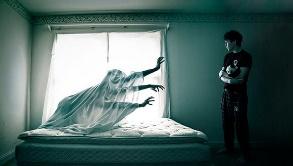
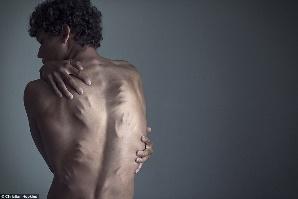

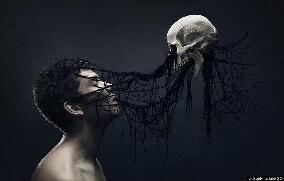

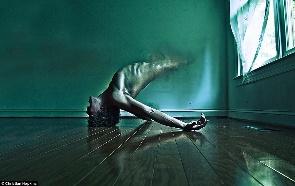
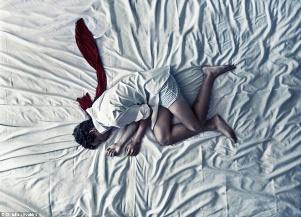

A Self-portrait photograph of Katie Crawford , photo series titled "My Anxious Heart"
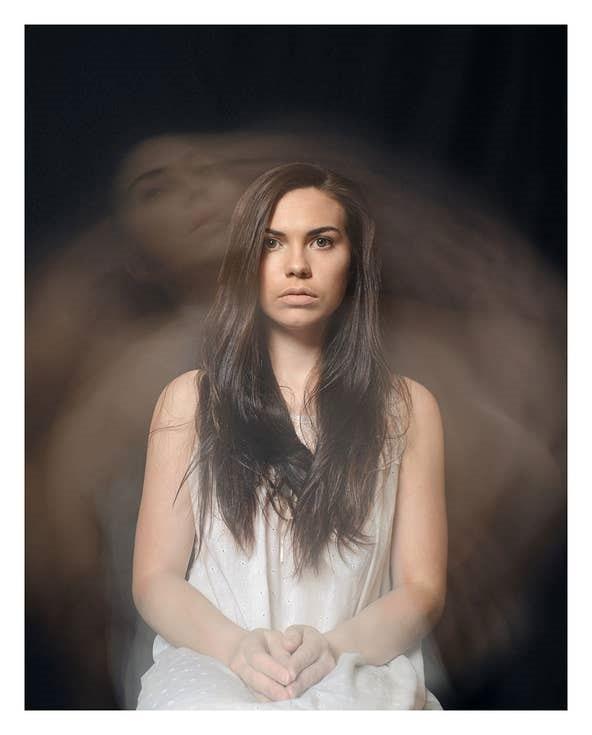
A Self-portrait photograph
Katie Crawford , photo series titled "My Anxious Heart" birdcage represents being stuck inside of her mind.
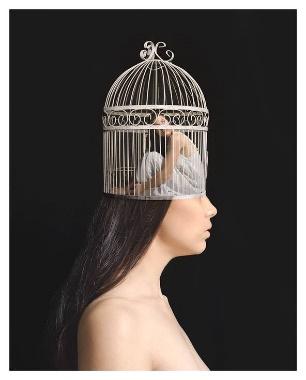
A Self-portrait photograph of Katie Crawford, photo series titled "My Anxious Heart" The clock represents the fear of life and ultimately

death.
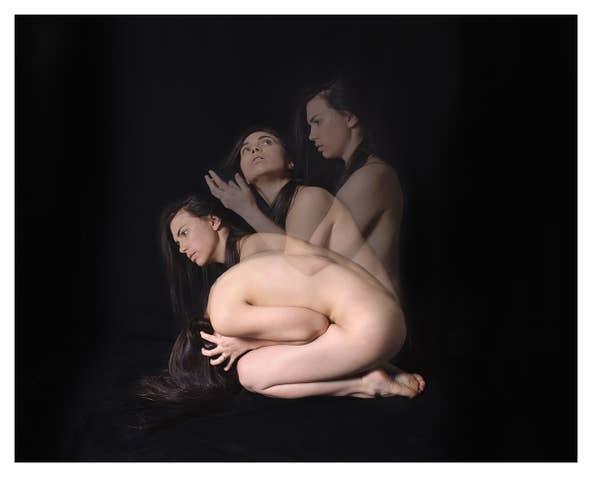
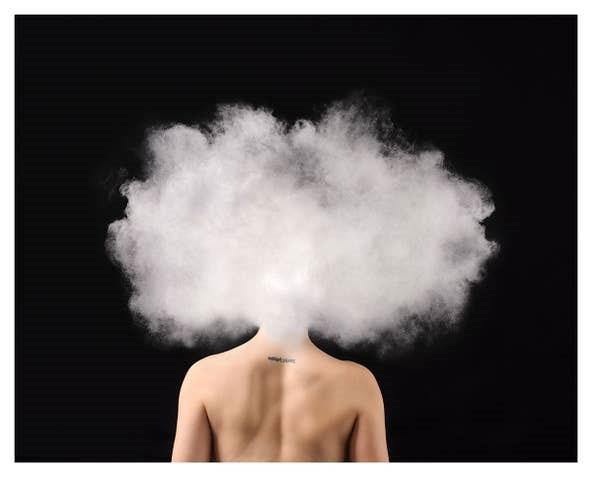

A Self-portrait photograph of Katie Crawford , photo series titled "My Anxious Heart" plastic wrap represents the feeling of not being able to breathe during a panic attack.
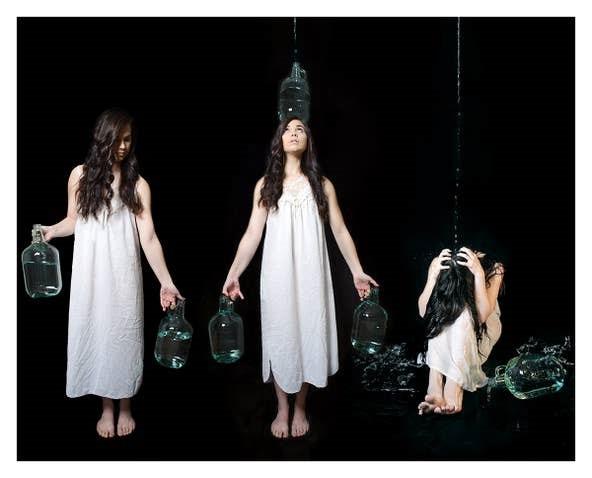
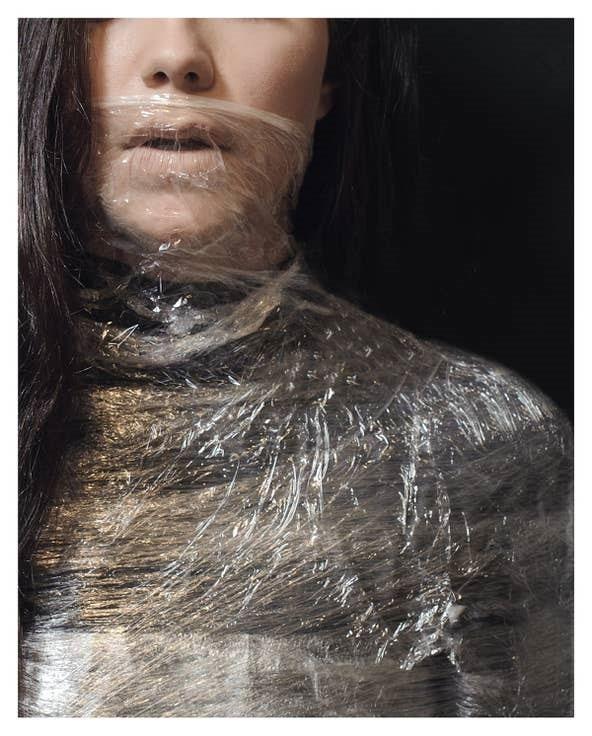
A Self-portrait photograph of Katie Crawford , photo series titled "My Anxious Heart"
A theatre box to show the ph0otograph inside, A number of 4 of this display will be used.
150*150 CM Materials include inside monitors and videos, wood, vinyl paint, tension cables, and coiled electrical cords.
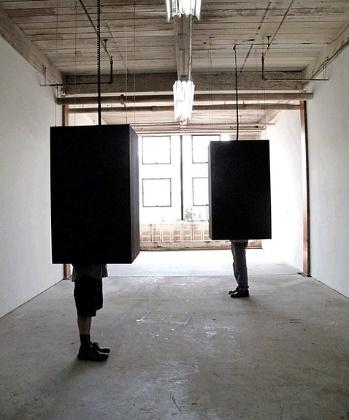
It has to be cleaned since the visitors will interact with it.
Hanged from the ceiling
The peephole display. A number of 10 will be used within the exhibition.

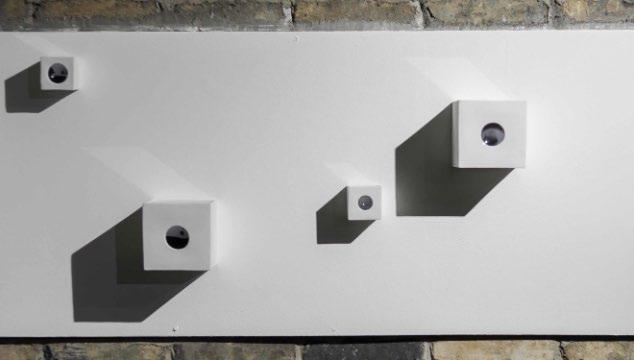
50*50*10 CM Acrylic box
It has to be cleaned since the visitors will interact with it.
Hanged on the wall.
The attraction point display. A number of 2 will be used in the outdoor area.
A stool will be used in the interactive photoshoot space. A number of two will be used.
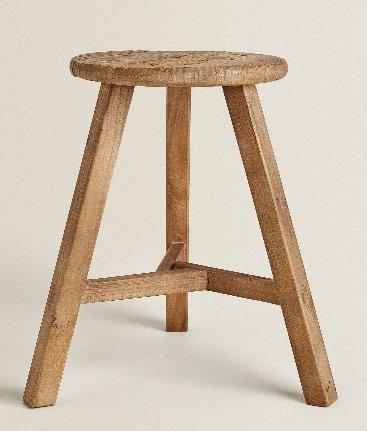
Headphones, a number of 10 will be used within the space.
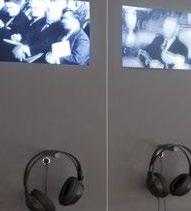
410*410 CM Two-way mirror. Reflective from the inside but transparent glass from the outside.
Diameter= 60 CM Wood
It has to be cleaned since the visitors will interact with it.
Outdoor zone will be constructed through a hanger connected to the building 20
-
It has to be cleaned since the visitors will interact with it.
Headphones:19.1
cm H x 15.2 cm
W x 3.8 cm D
(200 g)
Ear cushion:9.6
cm H x 7.4 cm W
Plastic It has to be cleaned since the visitors will interact with it.
Mirror, a number of 3 mirrors will be used within the space.
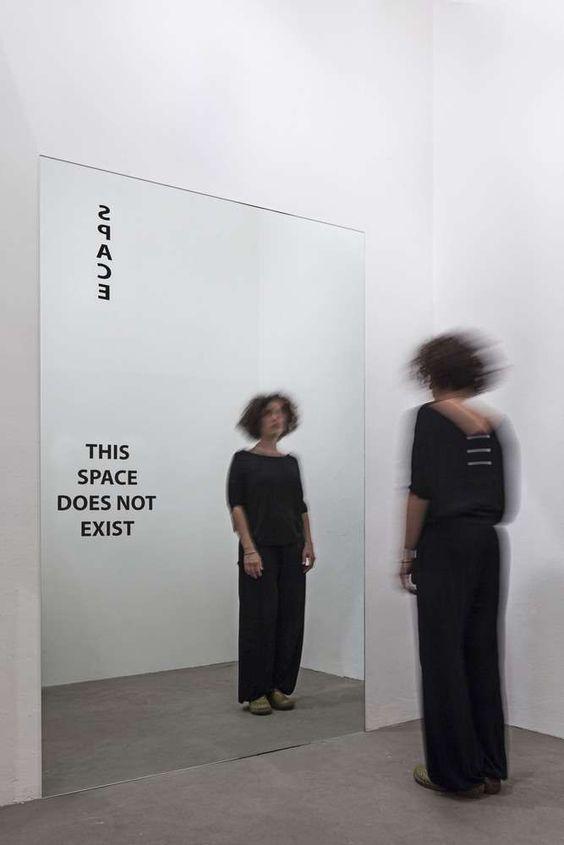
150*200 CM
Mirror glass
It has to be cleaned since the visitors will interact with it.
Two will be hanged on the wall and the other one with a stand on the floor.
A number of 2 cameras will be used in the interactive zone.
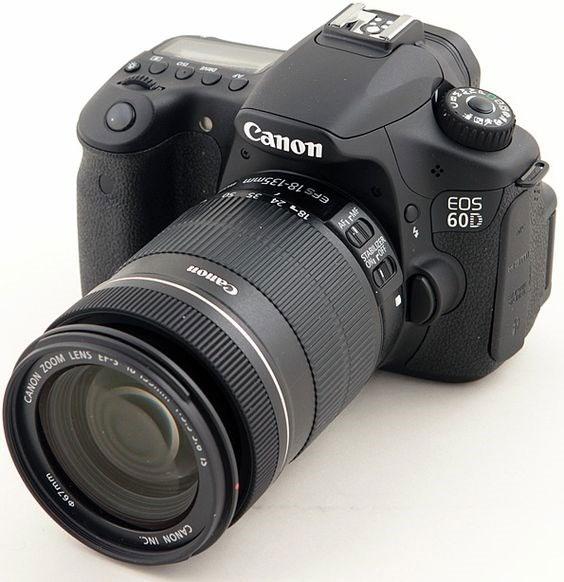
No specific information available on this.
Plastic and metal.
-
Cloud installation will be used in the interactive area.
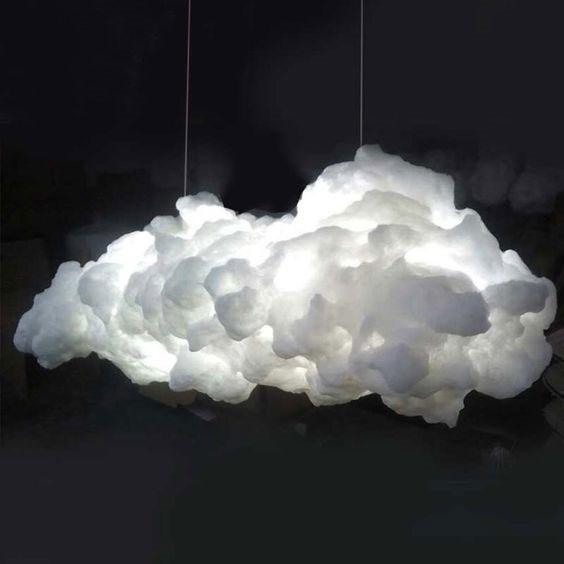
Width of 150 CM
Cotton It has to be cleaned since the visitors will interact with it.
The installation will be hanged from the ceiling.
Wings installation will be used in the interactive area. A number of 2 wings will be used.
Width of 100 CM for each wing.
Wood It has to be cleaned since the visitors will interact with it.
The installation will be hanged from the ceiling
